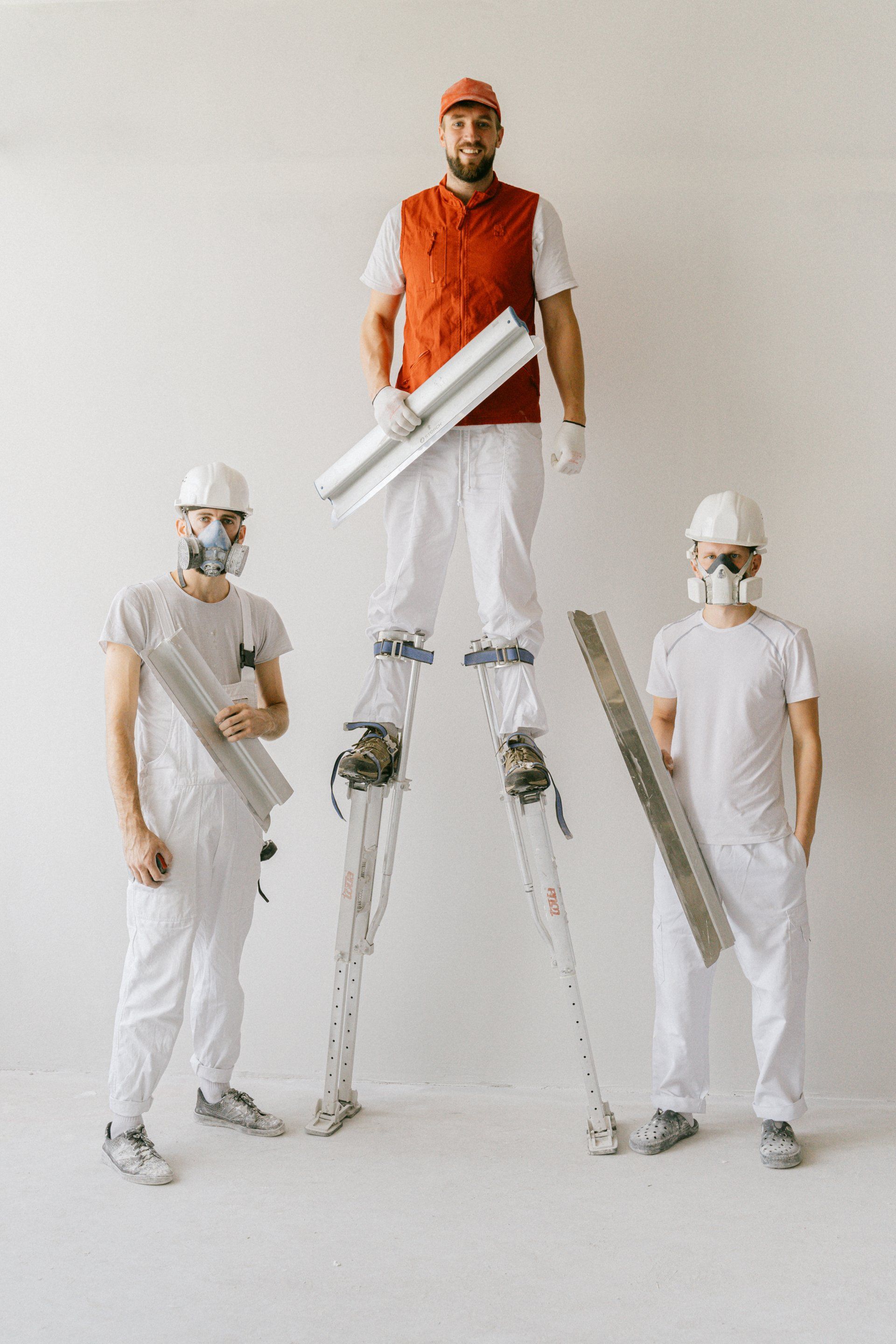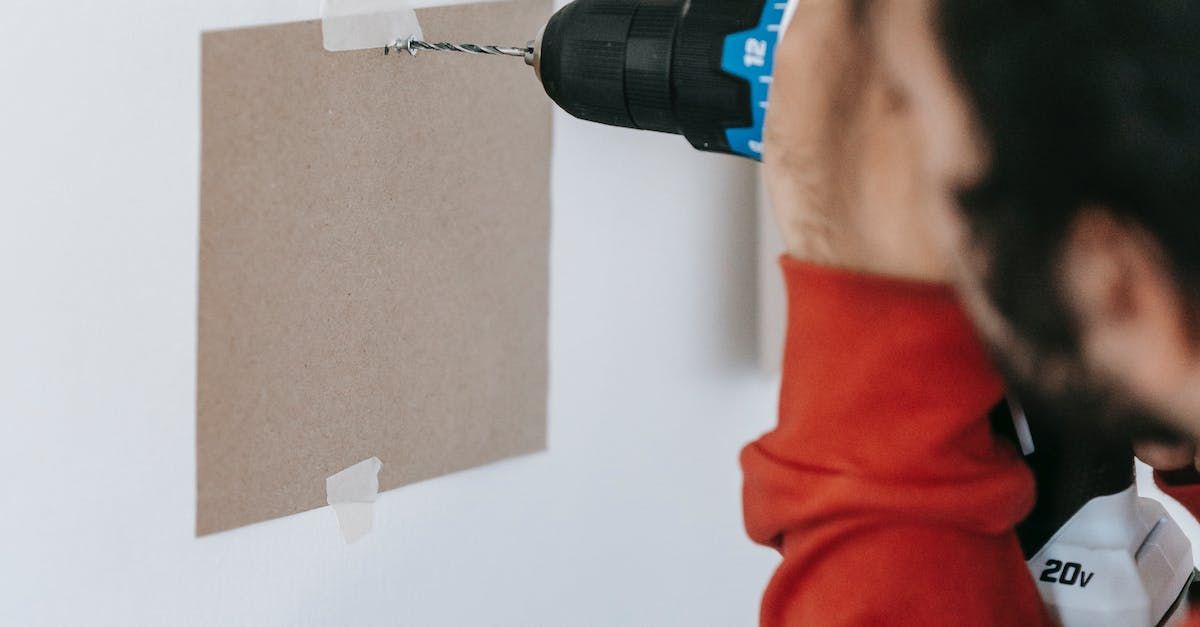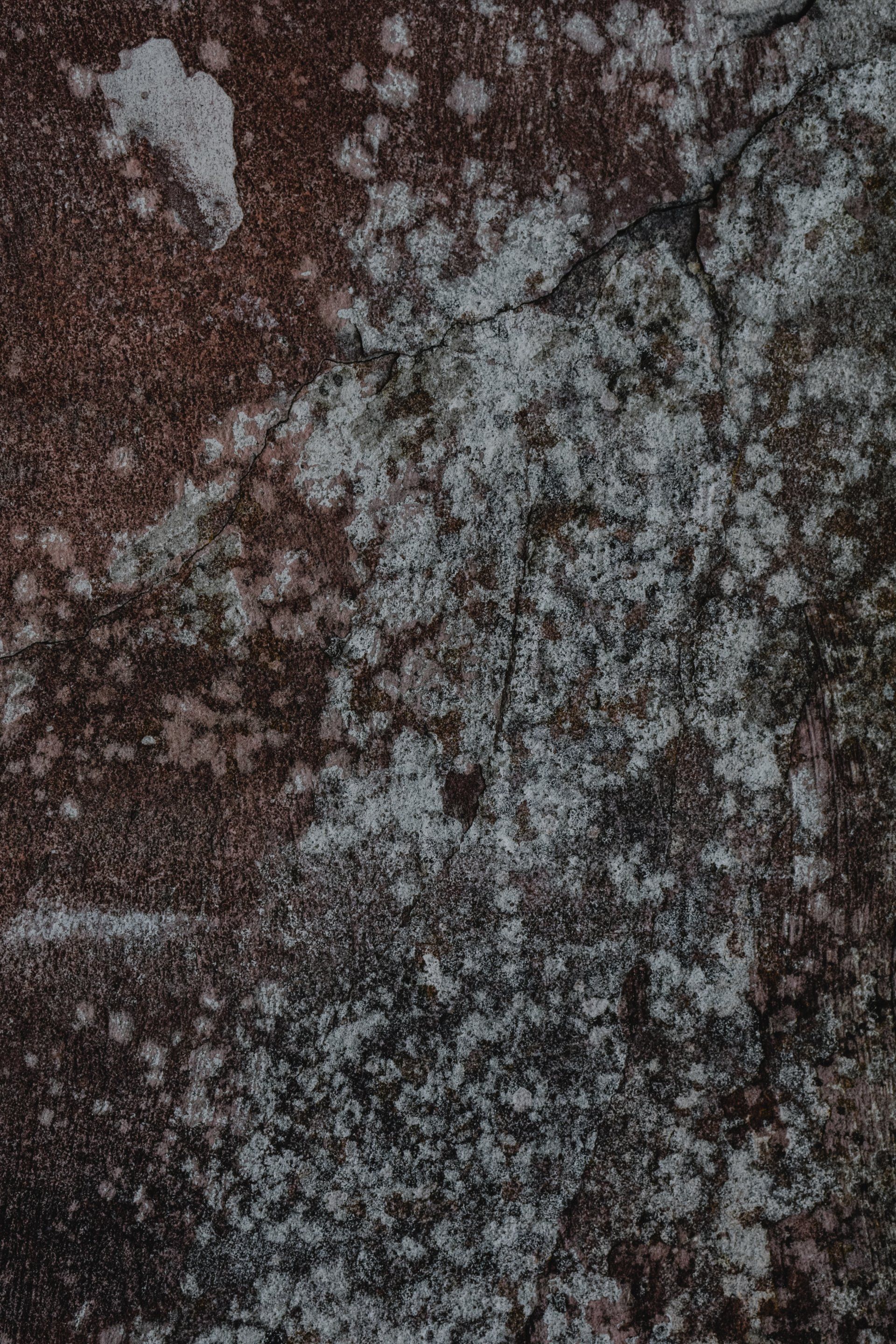Expert Tips for Fixing, Repairing, and Patching Cracks in Drywall
Expert Tips for Fixing, Repairing, and Patching Cracks in Drywall
Dealing with cracks in drywall is a common challenge for homeowners. Whether they're caused by settling foundations, humidity changes, or everyday wear and tear, these blemishes can detract from your home's appearance. This expanded guide covers the best ways to fix, repair, and patch cracks in drywall, ensuring your walls look consistently pristine.

Understanding Cracks in Drywall
Cracks in drywall can vary in severity, from fine lines barely noticeable to the eye to wider gaps that require immediate attention. Identifying the cause of these cracks is essential mostly professinals who offere drywall services can identify them easily.. While superficial cracks often result from natural house settling, larger, more serious cracks may indicate underlying structural issues that need professional assessment.
Best Way to Fix Cracks in Drywall
For small, non-structural cracks:
- Clean the crack thoroughly, ensuring it's free from dust and debris.
- Use a flexible putty knife to apply a thin layer of joint compound into the crack.
- Allow it to dry completely, then apply a second, slightly wider coat for better coverage.
- After the final coat has dried, gently sand it smooth.
- Apply primer and repaint the area to match the surrounding wall.
Best Way to Repair Cracks in Drywall
For more significant cracks, especially those that reappear:
- Carefully widen the crack with a utility knife for better filler adhesion.
- Dust the area and fill the crack with a flexible joint compound, ensuring deep penetration.
- Use a high-quality fiberglass mesh tape over the compound for reinforcement.
- Apply a second layer of compound, feathering it out to blend with the wall.
- Allow ample drying time, sand it smooth, and then repaint.
Best Way to Patch Cracks in Drywall
In cases where cracks have led to larger holes:
- Measure and cut a piece of drywall that snugly fits into the hole.
- Secure the patch with drywall screws to the surrounding studs.
- Apply joint tape around the edges of the patch.
- Cover the tape with a generous amount of joint compound, applying several layers, and allowing drying time between each.
- Sand each layer for a smooth finish and repaint for a seamless look.
Fill in Cracks in Drywall
For narrow cracks that require a simple fill-in:
- Select a joint compound that is suitable for the crack's size and depth.
- Apply the compound carefully into the crack, ensuring it fills completely.
- Once dry, sand the area lightly to ensure it's flush with the wall.
- Clean the dust and apply a primer before painting.
Final Touches and Prevention
After repairs, apply a quality primer before painting. This ensures better paint adhesion and a more uniform finish.
Consider using a paintable caulk for cracks that occur at the junction of the wall and the ceiling for a more flexible solution.
To prevent future cracks, control humidity levels in your home and address any structural issues promptly. However, if you are not sure that you can do it, ask for professional help.
Conclusion
Cracks in drywall, while common, can be effectively managed with the right approach. This comprehensive guide provides detailed steps for fixing, repairing, and patching cracks, catering to various types of damage. Regular maintenance and timely repairs are crucial in keeping your drywall looking its best and ensuring the longevity of your walls. Also read our blog on drywall repair for more information.




